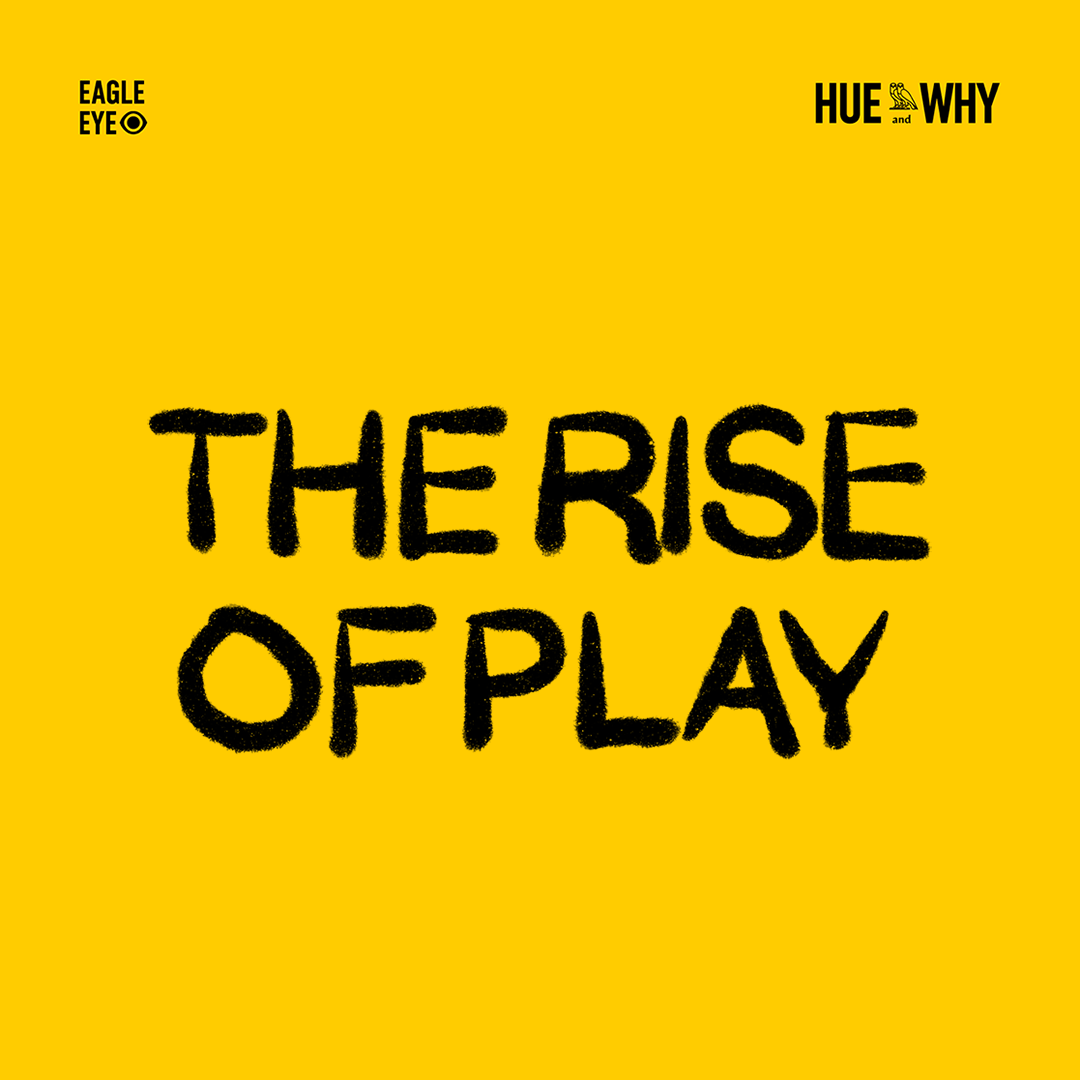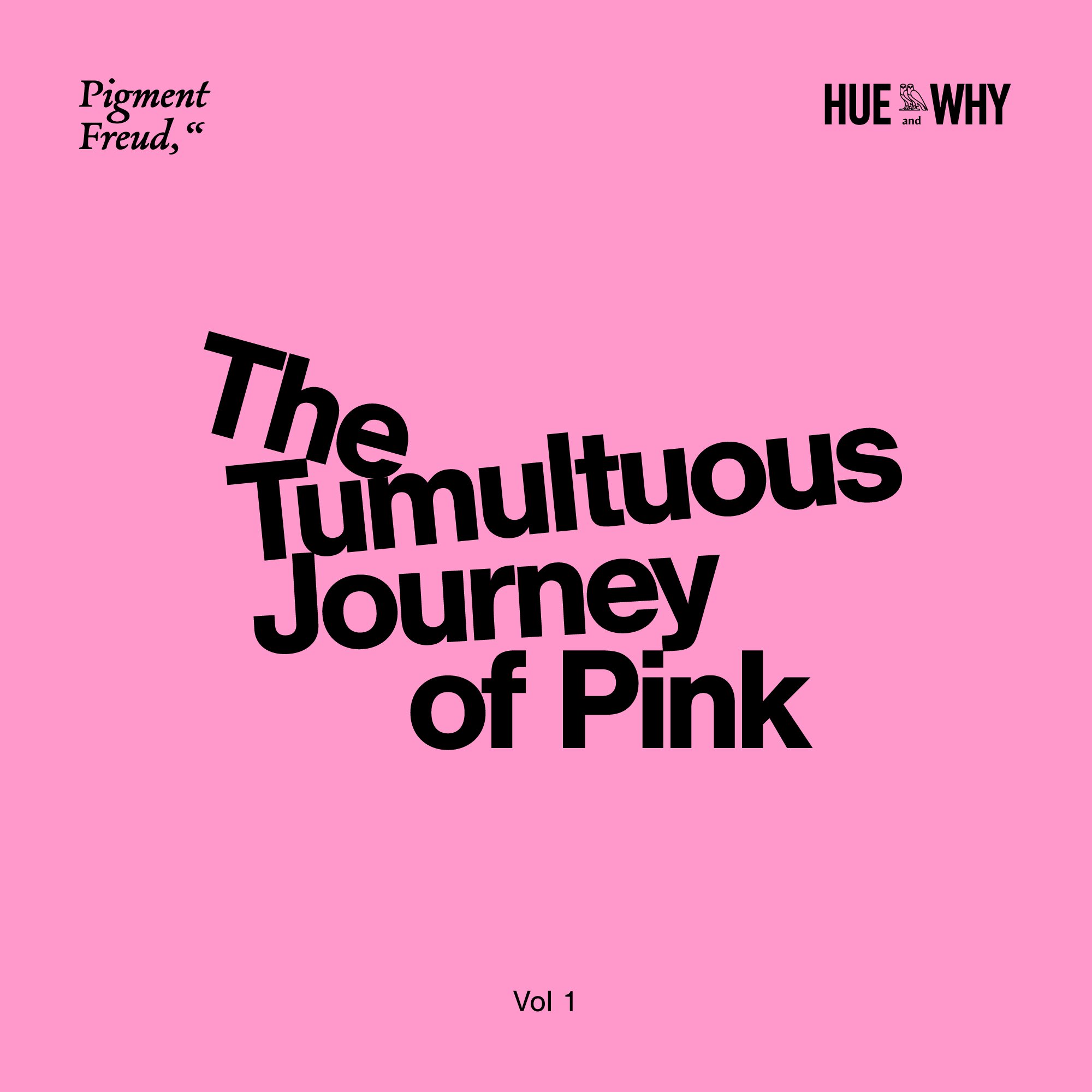
In conversation with Shiv Subramaniam, Organisational Transformation consultant, Consumer Centricity advocate, seasoned marketing leader.
Susan Mathen, Founder & Strategy Director at Hue & Why, in conversation with Shiv Subramaniam, Mentor for Change.
In this interview, Shiv Subramaniam talks about a very powerful and strategic process - Organisational Transformation and how it helps leverage untapped potential for organisations. Shiv has rich experience in process and culture change in consumer driven organisations across multiple disciplines including consumer behaviour, marketing, communication, digital, social analytics and e-commerce.
Currently wearing multiple hats: Mentor for Change, Strategic Advisor - Node, and Partner - Cosmos Strategy Consultants, Shiv was previously SVP, Customer Centricity at Aditya Birla Group, and Head of Omni Channel & Consumer Practices at Aditya Birla Fashion & Retail Limited. He has also had chapters as Head of Marketing - Van Heusen/Madura Garments & Head of Marketing - Arvind Brands, prior to which he spent 13 years across specialist and mainstream agencies.
What follows is an edited excerpt from the conversation, where Shiv touches upon organisational transformation, consumer centricity, transitioning across professional roles, consistency in brand behaviour, and adaptability in brand building, among other topics.

My Viewfinder in Monochrome
You know, a peculiar kind of magic that happens when you first see a familiar place stripped of its colors. Last weekend, watching Gordon Willis's iconic black and white cinematography in Woody Allen's 'Manhattan' (1979), I saw New York City anew—a city I had known only in its technicolor chaos - suddenly transformed into monochromatic poetry. Thereafter, I fell down a rabbit hole of black and white cinema. Each film revealed new possibilities of what happens when you remove color from the equation- the playful modernity of 'Frances Ha,' the profound intimacy of Alfonso Cuarón's 'Roma,' or the stark, haunting compositions of ‘Bramayugam.’ This is the same kind of magic I experience when I look at black and white(BW) pictures.
What is it about black and white that enchants, I wonder? How about we distract ourselves, move away from the colored reality for a bit, and explore the play of these two colors - Black and White - on one of the most nuanced yet young storytelling mediums: Photography?

The Keyword is Curation
Nod if any of the following is true for you.
1. Are you playing a Spotify playlist while reading this?
2. Have you been carefully curating your Instagram or X’s feed?
3. Are you subscribed to ‘Morning Brew,’ ‘the Internet of things, or the ‘Creative boom’?
Well, even if you didn’t nod, you are here for a reason. The keyword is Curation.

In conversation with Laura Perryman, Founder, Colour of Saying. CMF Designer, Colour Expert, Trends Forecaster, Author.
In this interview, Laura takes us through her fascinating journey within the world of colour - from establishing herself as a CMF expert, to starting her studio Colour of Saying, to authoring The Colour Bible, to pivoting to and being a trailblazer in the revolutionary climate positive approach to colour. Read on to delve into the world of colour and more specifically - circularity in colour and how this will influence trend forecasting, design and more.

Design of the Games
Enchanté.
While the Cauldron might have been officially put out, the Kaleidoscope of emotions we experienced in the last two weeks will take some time to rest. So we had to ‘Olympicize’ this month’s feature.
From the Olympic Cauldron rising into the Parisian sky, the Château de Versailles gardens that hosted the equestrian events to the triathlon in the most romantic river symbolizing Paris- The Seine, the City of lights indeed set up many a ‘City of stars, there's so much that I can see’ Parisian moments for us. So, we set out to explore this play of architecture, culture, and community further- digging into the Olympic Architecture and Space design.
This fusion of athleticism and artistry extends beyond the events to the architecture that hosts them. Olympic architecture is more than just functional spaces for sport; it's a physical manifestation of the Olympic spirit, blending innovation, culture, and legacy and an opportunity for the host nation to make an artistic statement. As the founder of the modern Olympics, Pierre de Coubertin, said, "Olympism is not a system; it is a state of mind. It can permeate a wide variety of modes of expression, and no single race or era can claim to have the monopoly of it". Placing sports at the service of humanity, the philosophy of Olympism, expressed through actions that link sport to culture and education, is taken forward meticulously through the design of the Olympic architecture. Let’s dig in.

The rise of play
Polycrisis, coined in the 1970s, the term has found its apt time now. As historian Adam Tooze puts it “If you've been feeling confused and as though everything is impacting on you all at the same time, this is not a personal, private experience,” .“This is actually a collective experience.”
Our audiences are a part of this too. Burnt out by the hustle culture, marred by constant provocations of politics, climate, or war, along with the challenges of the chaotic world, they are exhausted and are desperately seeking respite in any form, even in microdoses. Brands can play a pivotal role here. But how? you’d ask.

Janus Headed Hues
The Roman God of Duality, Janus, is depicted with two heads - one facing the past and one facing the future, both symbolising the inherent contradictions in everyday life. This powerful concept of binary opposition is what we see in concepts like the Yin & Yang, or closer home, the Purusha & Prakriti principle.
Having set out on a journey to delve into colour meanings in culture, I once got an opportunity to stare at this Yves Klein painting in a modern art gallery in Rome. I focused on the famed International Klein Blue, and somehow my mind wandered to some of the other brilliant blues I have experienced. To the magical Indigo in indigo vats. To the turquoise blues of the pristine beaches. To the pale skies and the calming rivers. Blue evoked opposing emotions in me. The turbulence of the stormy skies and the angry waves, but also the calm of the lulling waves and the hope of the open skies. Then it struck me, that there is a certain two facedness in this one single colour. Blue is indeed two faced, I concluded.

In conversation with Issac John, Co-Founder, Ivory - a pioneering age tech startup
In this interview, Issac talks about repositioning Puma from a lifestyle focused brand to a performance oriented brand in India, about how HealthifyMe moved from being a calorie counting app to a brand that changes one's life, about how Discovery+ straddles the thin line between being a Magician Archetype brand without losing the wisdom aspect of the Sage Archetype, about conceptualising Ivory - the age tech startup brand that he cofounded, and more.

The curious case of sustainability
Planet Earth. Humans. Consumerism. Climate crisis. The link is abundantly clear, and It's code red for humanity and the Earth. According to global data, 75% of consumers are actively concerned about the urgency to act. As marketers haunted by our past of fueling consumerism, now is the time to act to achieve a seismic shift in climate consciousness and change by leveraging our superpowers - A deep understanding of consumer behavior and the art of storytelling. Let's go!
In this commentary, we delve into the heart of an often talked about paradox in the narratives of sustainability and how brands can responsibly navigate sustainability briefs through actionable insights.

Tracking Modern Movements
Our latest commentary explores the social media moments that transcended the sea of hashtags, memes, and ephemeral trends and emerged as modern movements worth rooting for.

In conversation with Garima Sharma, Assistant General Manager, Pernod Ricard India.
Susan Mathen, Partner & Strategy Director, Hue & Why in conversation with Garima Sharma, Assistant General Manager, Pernod Ricard India.
In this interview, Garima talks about building Cheryl’s Cosmeceuticals as a brand within the L’Oreal Group, refreshing the brand world of Kaya Skin Clinic, repositioning the whiskey brand Oaken Glow within Pernod Ricard India, and more.

2024 Trends
Trend#1: Reality Mirage
Deepfakes, AI generated images/texts/responses have become common. Filtered images, cosmetic surgeries, ultra perfect images were all quite the rage. We have now come to a stage where we cannot differentiate between the real and the replica. So much so that it is now a cause and an effect.
We see the real trying to replicate the replica! Actual photoshoots start to look like AI generated images. Skin looking so blemish free that it seems like the original fake. Physical art pieces take inspiration from AI art.
What is real? What is fake?
This has led to a certain amount of disbelief, uncertainty and neutrality among people - appreciation seems measured, acceptance seems hesitant, as we know not what is real and what is fake.

The Tumultuous Journey of Pink
A colour that has inspired song titles, musician names, movie names and more in popular culture - Pink is one that has gone through many avatars. There are moments in time, when a colour has a particular dominant semiotic meaning, but soon it evolves to wrap itself in another meaning in a different context. These moments in the life of Pink, in its sometimes bold, sometimes confused and mostly tumultuous journey, has been one that has struck me as riveting.
Pink is a colour that evolved linguistically at a later point - historically, colours that have had words to signify them individually in most languages were red, white, black, yellow, green and blue. Pink was seen as a subset of red, and as such many connotations of red, were passed on to pink too. Aggression, domination, and other so called masculine traits. So it comes as no surprise that Pink was originally regarded as a masculine colour. The generally accepted rule up till the 1800s was that gifts for baby boys should be in pink, and for baby girls - blue (pink, or faded red, was apt for boys who would grow up to be valiant scarlet jacketed fighters and blue was the colour of Virgin Mary - gentle, nurturing and kind).
Fast forward a few decades and we have Pink taking on very different associations - that of being soft and feminine, innocent and virtuous. These were values prescribed to women at a certain time, and pink was the colour such women were depicted in by artists. A soft hue, Baker Miller Pink was trending at one point as it reduced blood pressure and calmed down angry prisoners. Studies that cemented the role of pink to make people feel more peaceful and docile led to the colour being associated with the desirable traits in an ideal woman at that point in time.
